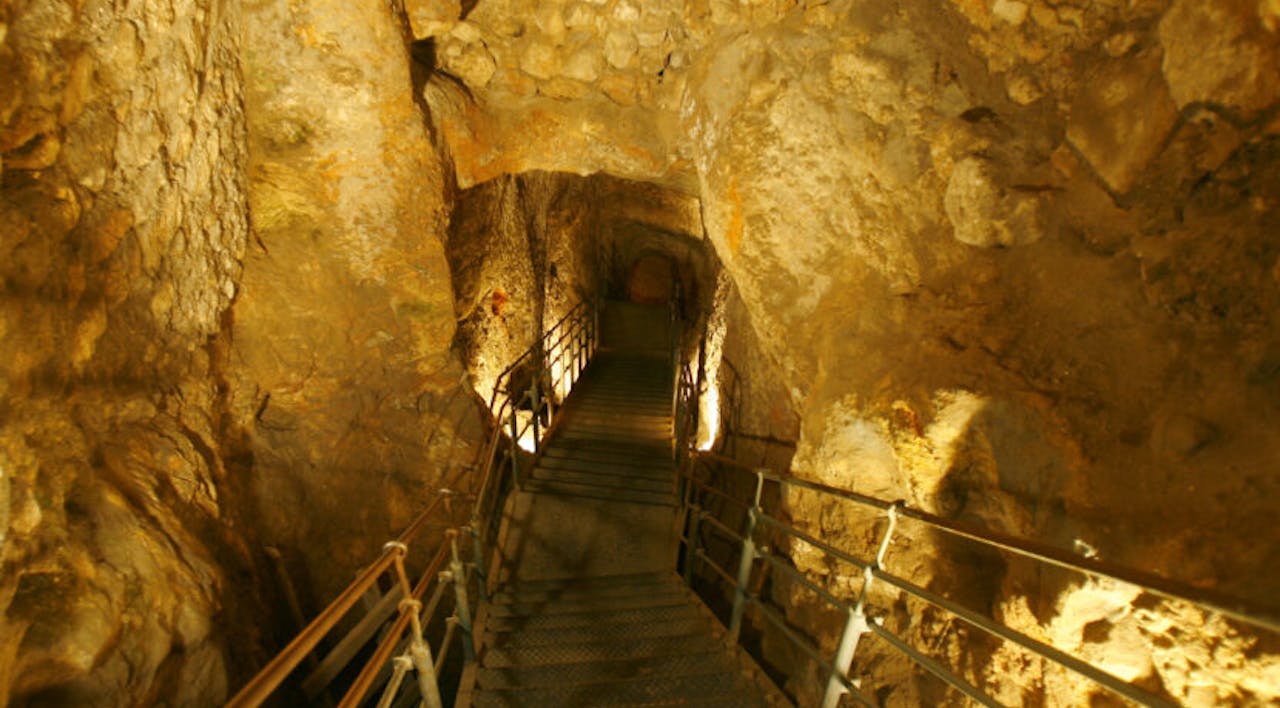
April 2025
The Parking Lot That Determined the Future of Jerusalem’s Past
In the 1860s, a British explorer discovered the City of David. Fifteen years ago, the Palestinian Authority tried to stop those who wanted to follow in his footsteps.
In 1867, Queen Victoria, in celebration of the 30th year of her reign, sponsored the newly created Palestine Exploration Fund, which recruited Second Lieutenant Charles Warren of the British Royal Engineers to lead its first archaeological expedition to the Holy Land. Thanks to the recent and temporary alliance between Britain and the Ottoman empire, Warren was given permission to unearth biblical-era antiquities and bring some of those treasures back to the British Museum. He was to concentrate on finding artifacts from the time of ancient Israel’s storied kings, David and Solomon. The Temple Mount, however, was to remain off-limits.
Upon arriving in the Holy Land, Charles Warren bribed his way through the ranks of the Ottoman bureaucracy and launched his expedition as close to the Temple Mount as he could. He knew that the Mount, upon which today stands the Dome of the Rock, was a Muslim holy site as well as the former location of the First and Second Jewish Temples. When his team began excavating, the initial results were disappointing: pottery and coins, but nothing that reached back to the time of the Bible.
Had Warren’s adventures ended there, his name would likely have been one more in a list of treasure hunters who came before and after him. But his work did not end there. Warren went on to uncover something extraordinary, something that neither he, nor anyone else, had even realized was lost: the original site of ancient Jerusalem, a discovery that changed the way we understand history.
